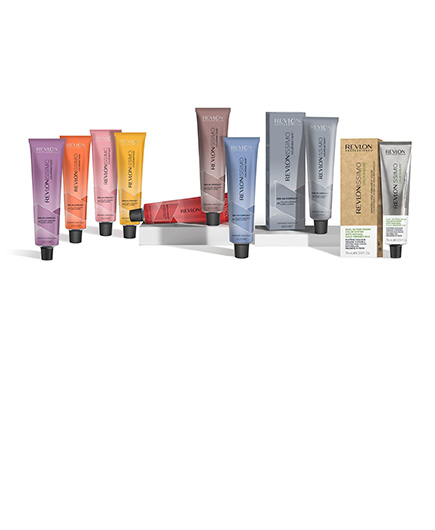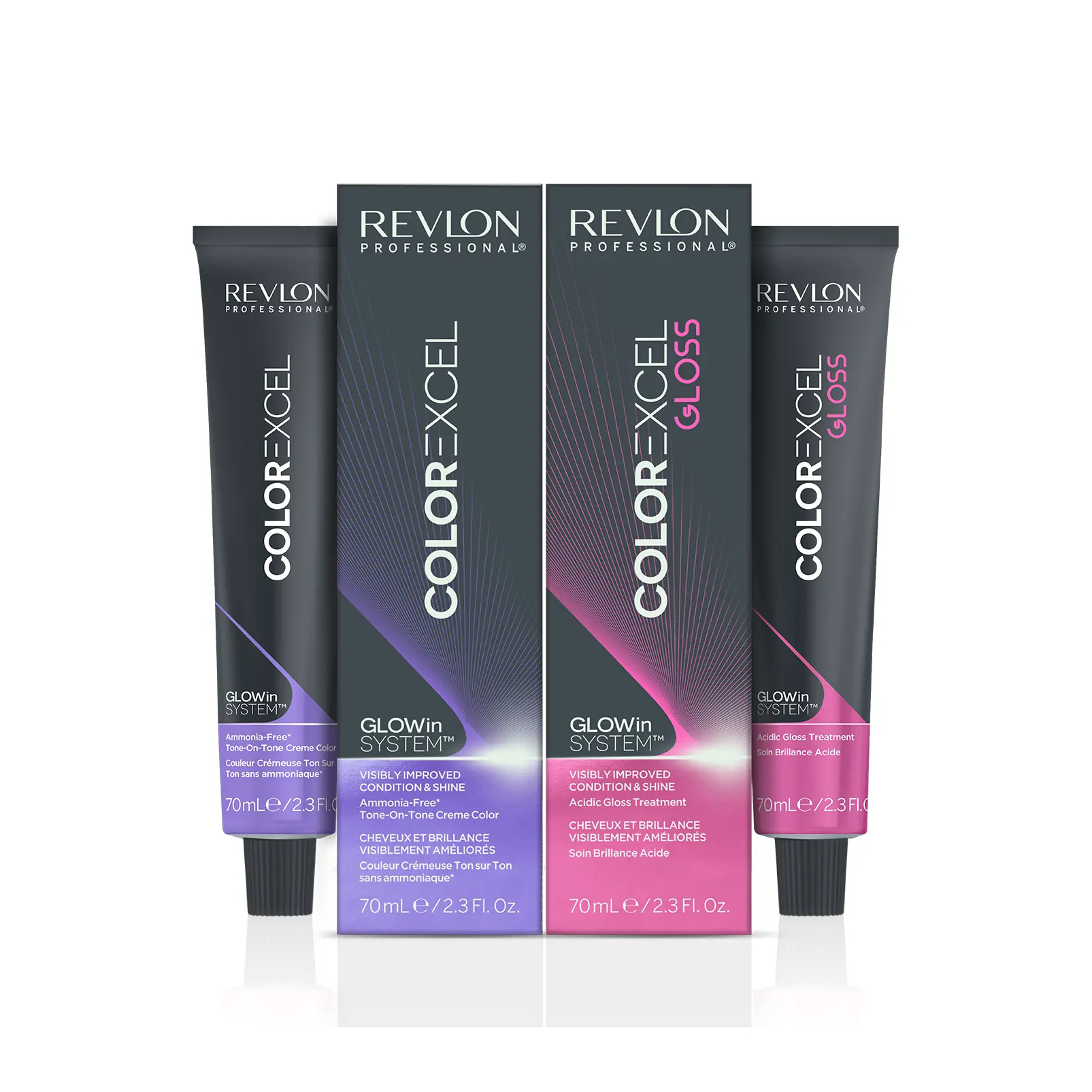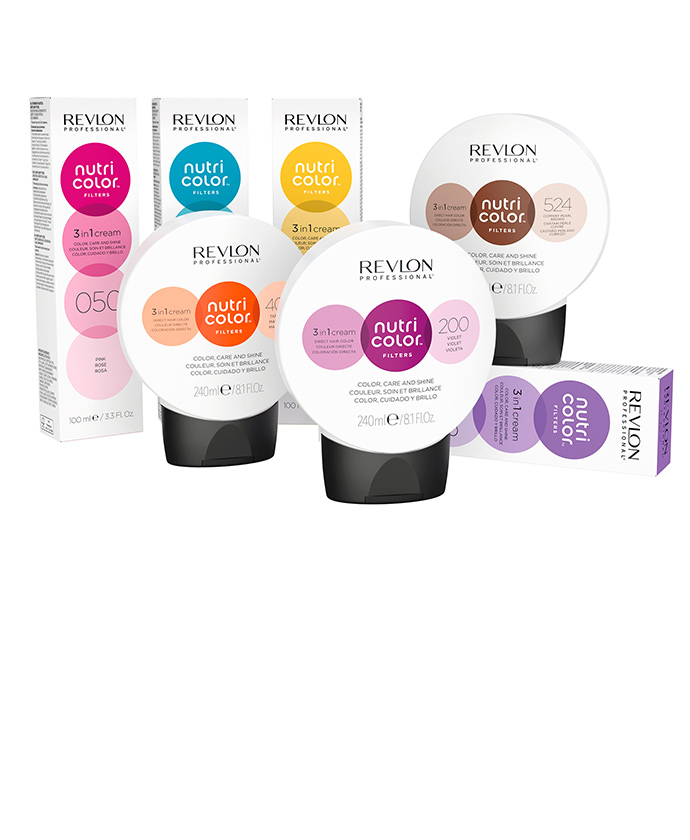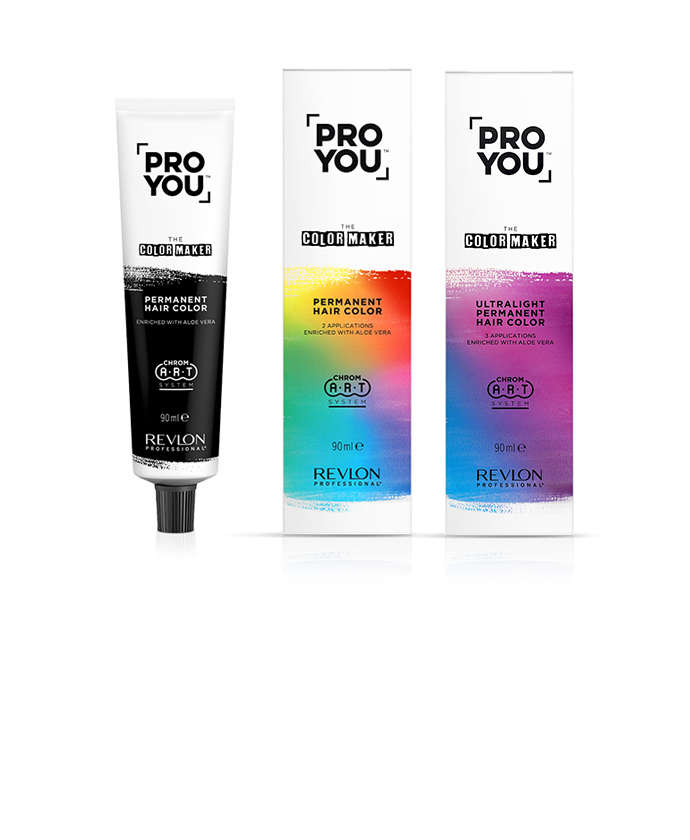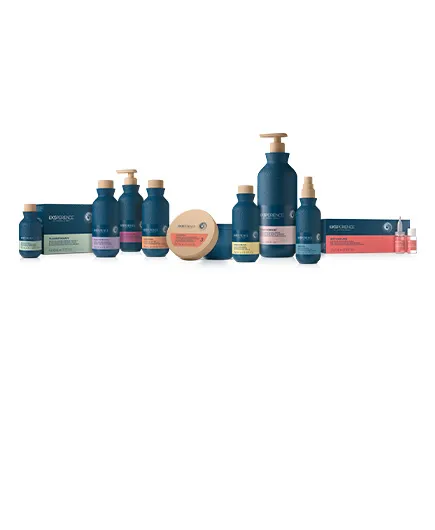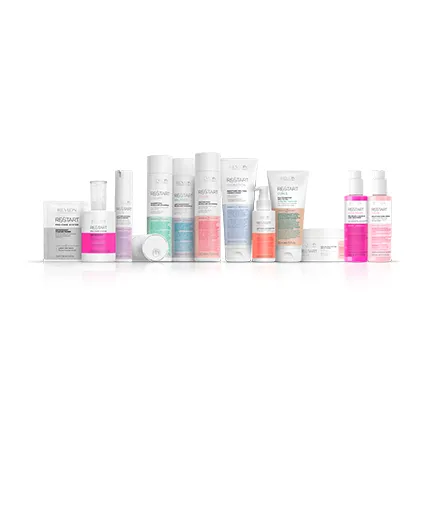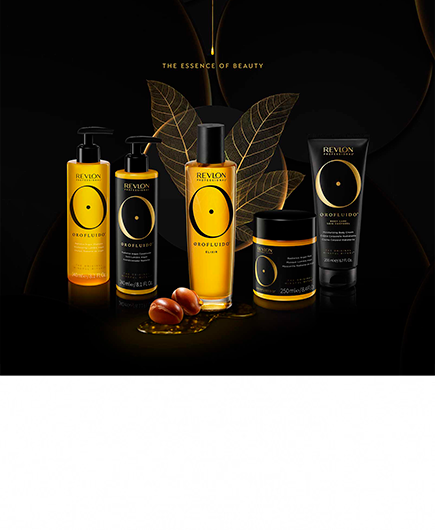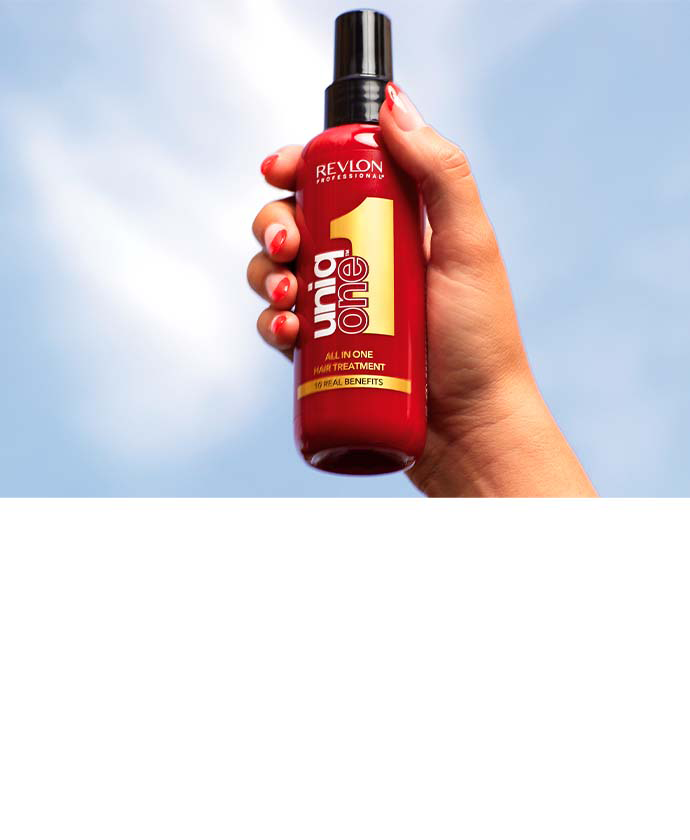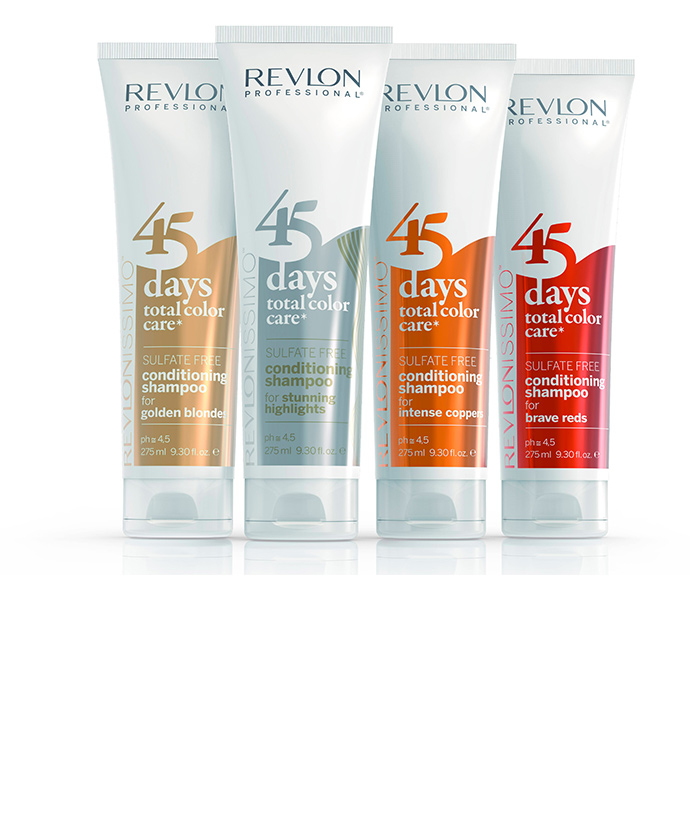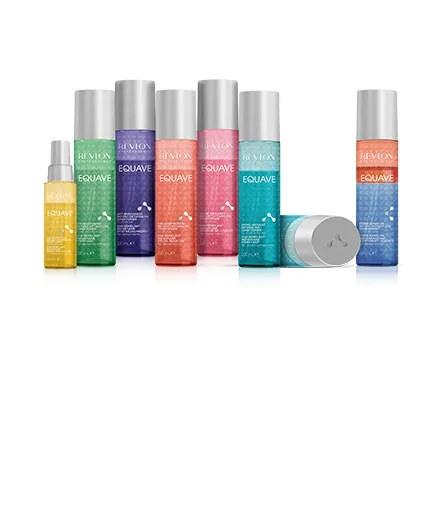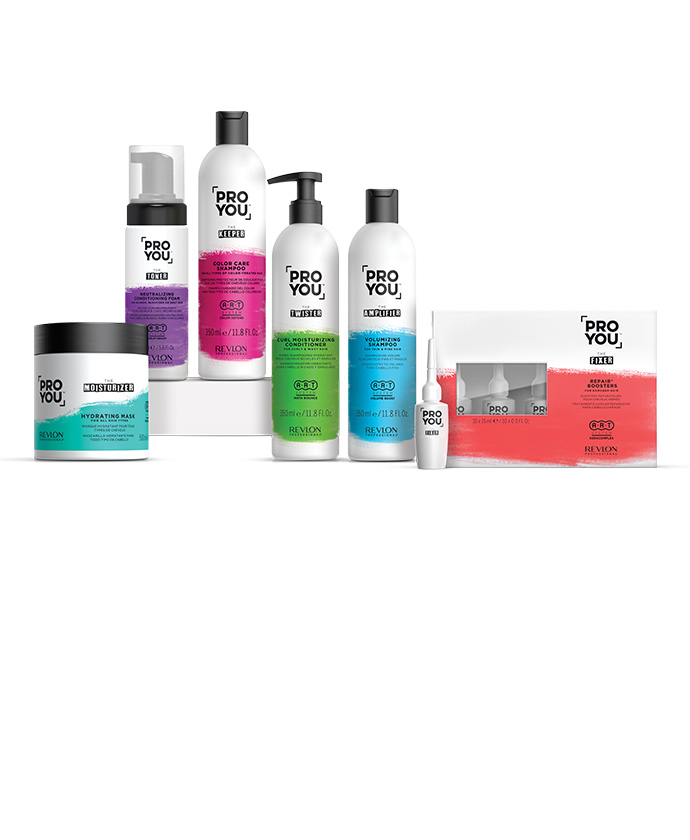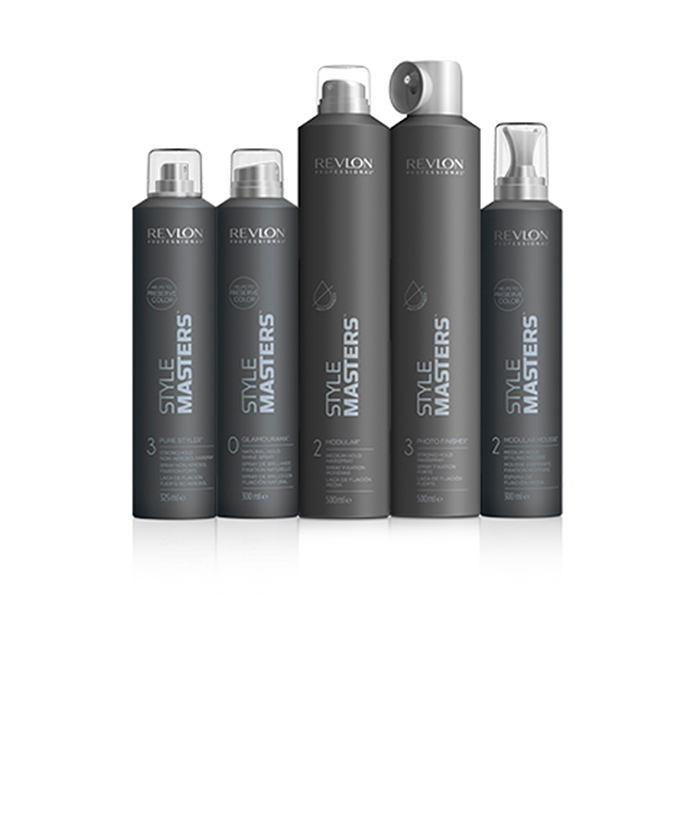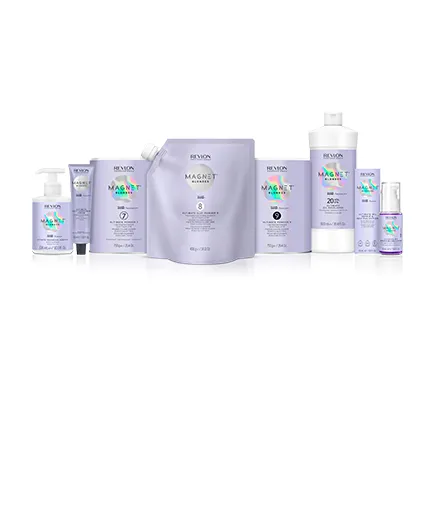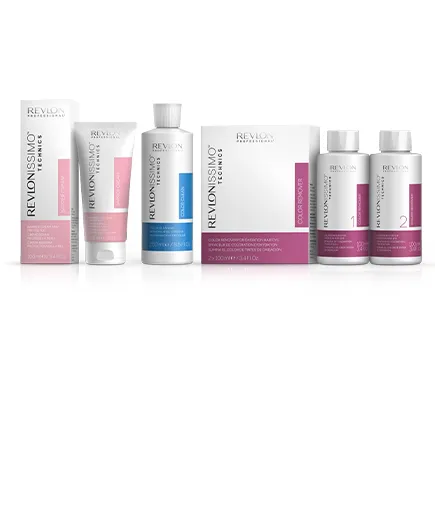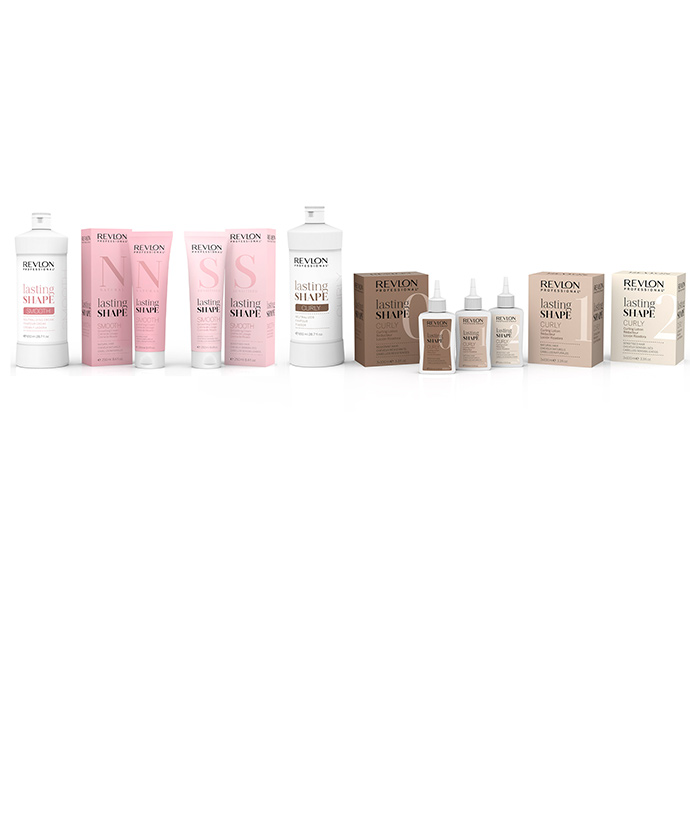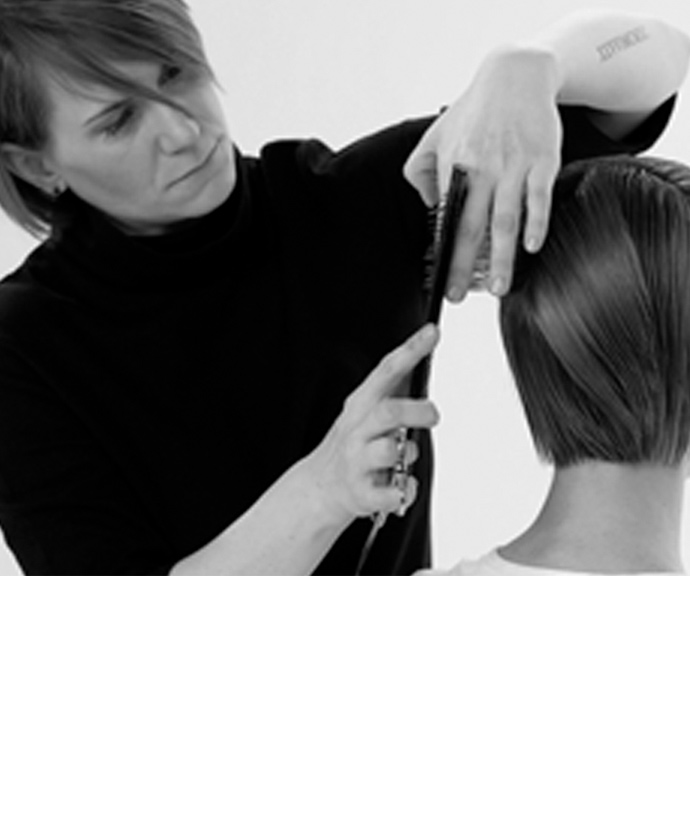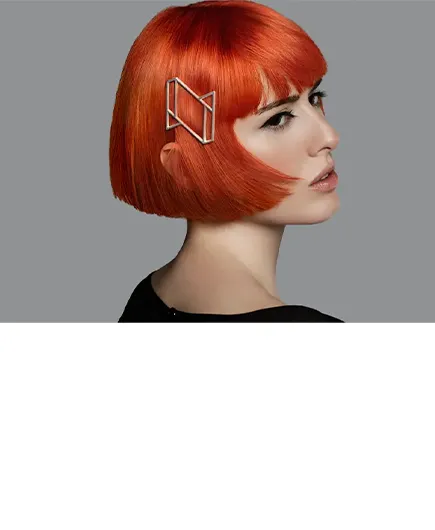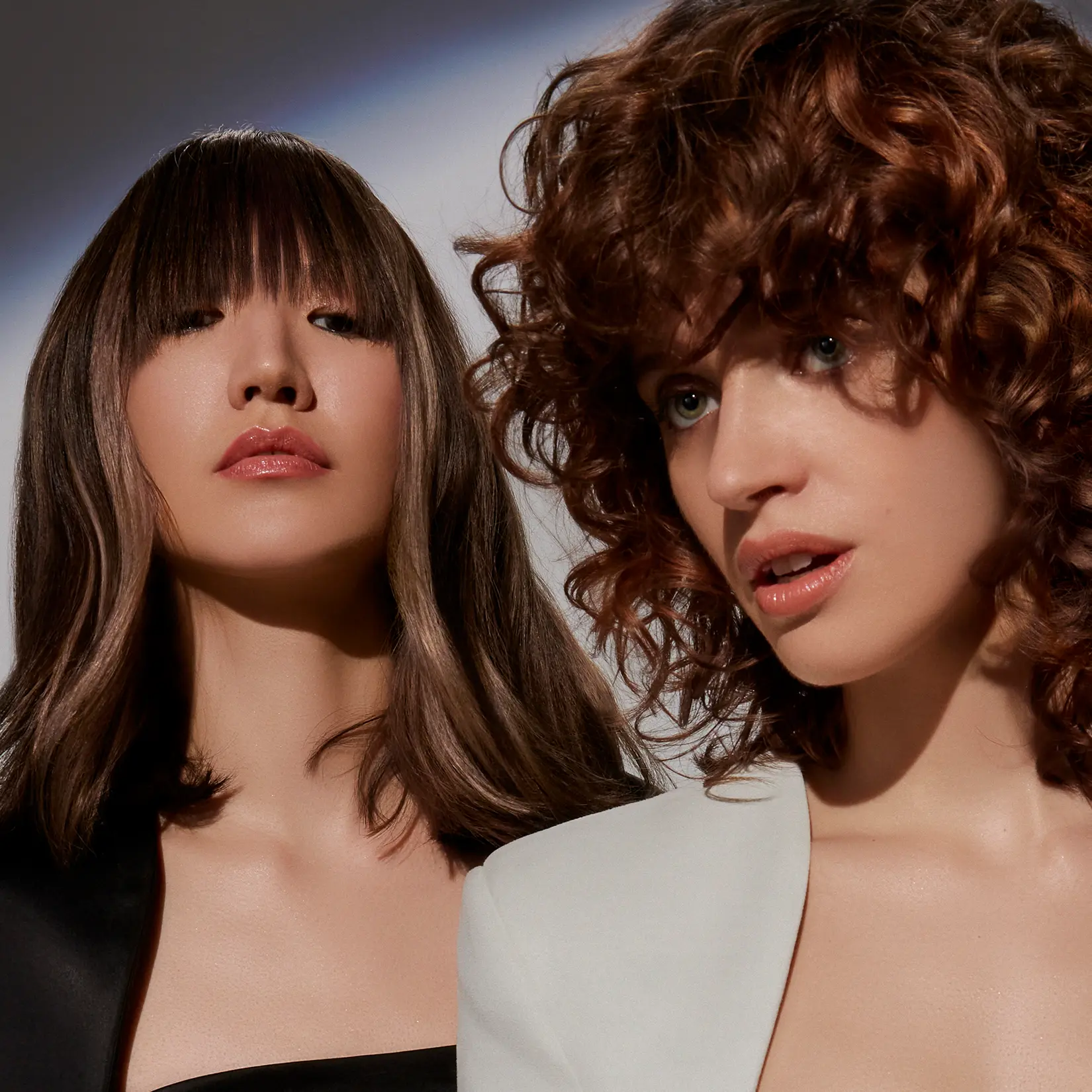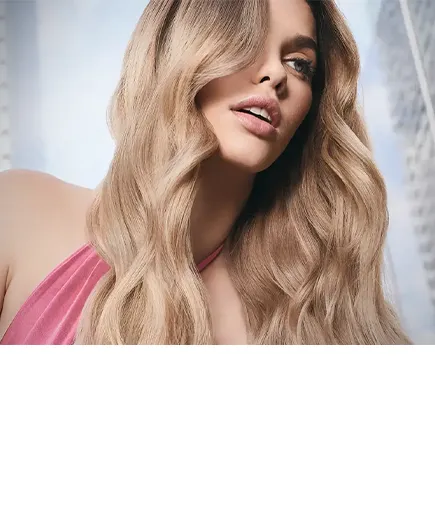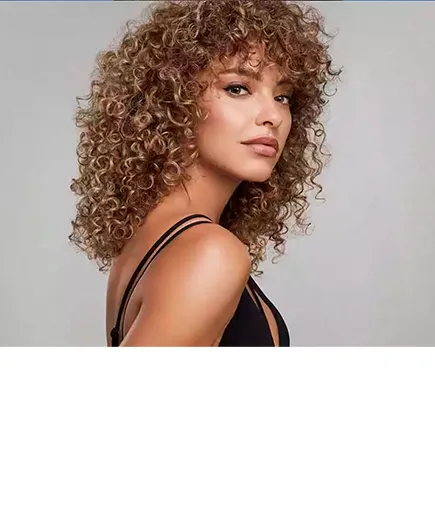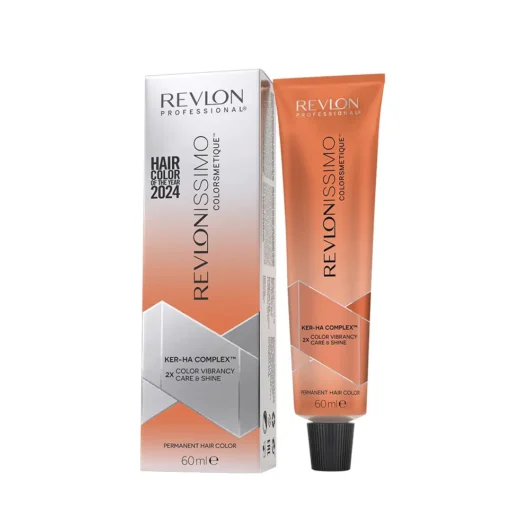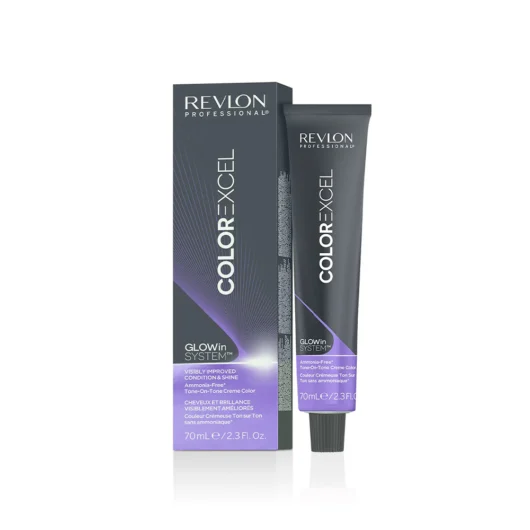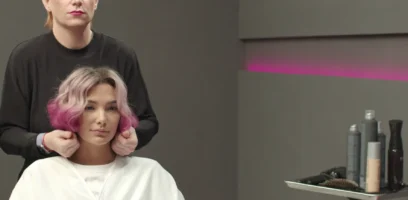Breaking the Mold: Unveiling the Art of Reverse Balayage for Hair Stylists
Balayage, a beloved technique in the world of hair coloring, has gained widespread recognition. Now, envision a reversal of this technique – welcome to the realm of reverse Balayage! This innovative approach challenges conventional Balayage principles to yield results ranging from soft to unconventional, all adored by your clients!
What sets reverse Balayage apart is its ability to create a visual impact that adds depth, dimension, and texture to the hair. This makes it an ideal choice for those looking to break away from the ordinary. The versatility of this technique can change a client’s pre-lightened blonde hair to a softer, more low maintenance looking Balayage. It can also add rich, warm tones to break up a brunette base. Before reaching for foils or lighteners, assess your client’s current color and explore all the available options!
Ver esta publicación en Instagram
The Appeal of Reverse Balayage
Unlike traditional Balayage, which focuses on lighter hues, reverse Balayage adds color back into the hair and forms a new dimension by playing with shadows and darker shades. This technique is particularly effective when the client has had their hair previously lightened. However, it can also work well for clients seeking to blend their existing color with a darker or warmer tone, achieving the classic Balayage appearance. This creates a natural blend that adds movement and enhances shine.
The reverse Balayage service can increase your business’s profits, especially when opting for the Color Excel range that can treat, color & shine in half the time*. With a choice of two technologies in alkaline and acidic coloration, these new-generation, ultra-performing, caring tone-on-tone color technologies will be your reverse Balayage saviors. They are the perfect color match to Revlonissimo Colorsmetique™ and Color Sublime™.
Ver esta publicación en Instagram
Breaking Down the Technique
Selecting the right colors is the key to achieving a successful reverse Balayage. Choosing darker or warmer tones that are 1 to 4 levels different from the existing hair color, whether natural or dyed, ensures a harmonious and visually appealing result.
Always make sure to have a thorough consultation with your client and find out what their hair goals are with the help of inspirational pictures (thank you social media!). It is also important to ask whether they intend to return to lighter shades in the future. This information helps determine the appropriate color technology to use. Our pro tip is to avoid applying permanent color over pre-lightened areas and remember the golden rule, “color does not lighten color.”
Understanding Undertones
Begin by assessing your client’s natural hair color and identifying any underlying tones. Whether they have warm, cool, or neutral undertones, this knowledge will guide you in selecting darker tones that complement their base and create depth without dramatic contrast.
Opting for Warmer or Cooler Tones
Tailor the reverse Balayage by selecting warmer or cooler tones based on your client’s preferences. Warmer tones, such as rich chocolates or caramels, can add warmth and vibrancy. Cooler tones, like ash browns or deep espresso, provide a sophisticated contrast.
Strategic Placement for Dimension
When placing darker tones, consider the areas where depth and contrast will enhance the overall look. For added dimension, opt for a face contouring technique with a mix of high and lowlights.
This technique can accentuate facial features and draw attention to specific areas. It’s particularly effective in enhancing the client’s overall look.
Balancing the Blend
Achieve a harmonious blend by feathering the darker tones into the natural hair color by using lighter strokes. This softens the transition, preventing any abrupt lines and ensuring a beautifully blended appearance. Pay attention to the overall balance of light and dark for a visually pleasing result.
Playing with Contrast
Try adjusting the level of contrast according to your client’s preferences. Some prefer a subtle, natural effect, while others opt for a bolder look, perhaps incorporating trendy colors like 88.44 Electric Copper Blonde: Our cutting- edge Hair Color Of The Year. During the consultation, explore their comfort level with contrast and discuss all available options.
Ver esta publicación en Instagram
Consideration for Regrowth
Account for regrowth in your color selection and placement. Opt for shades that will gracefully grow out, minimizing the noticeable line between the natural hair color and the reverse Balayage. This contributes to a low-maintenance and enduring result.
Customizing Reverse Balayage for Different Clients
Tailor the reverse Balayage technique based on the client’s hair type.
- For straight hair, focus on creating dimension.
- For wavy hair, enhance the movement with strategic color placement.
For curly hair, consider how the curls will interact with the color and adjust the application technique and color placement to maximize the visual impact on the hair texture.
Ver esta publicación en Instagram
Complementing Face Shapes
Reverse Balayage can enhance or soften facial features depending on the face shape. For example, it can add depth to angular features or soften the appearance of a square jawline.
Tailoring reverse Balayage involves considering individual facial features. For clients with a round face, strategically placing lighter tones near the crown can elongate their faces. On the other hand, for heart-shaped faces, focusing on framing the face with lighter tones can balance the overall look.
To discover more pro tips and color ideas, head to Revlon Pro Always On (available for clients only, so click the link to become one). You can also visit our Revlon ProShop to order directly and stock up on the products that will help you achieve the perfect reverse Balayage.


